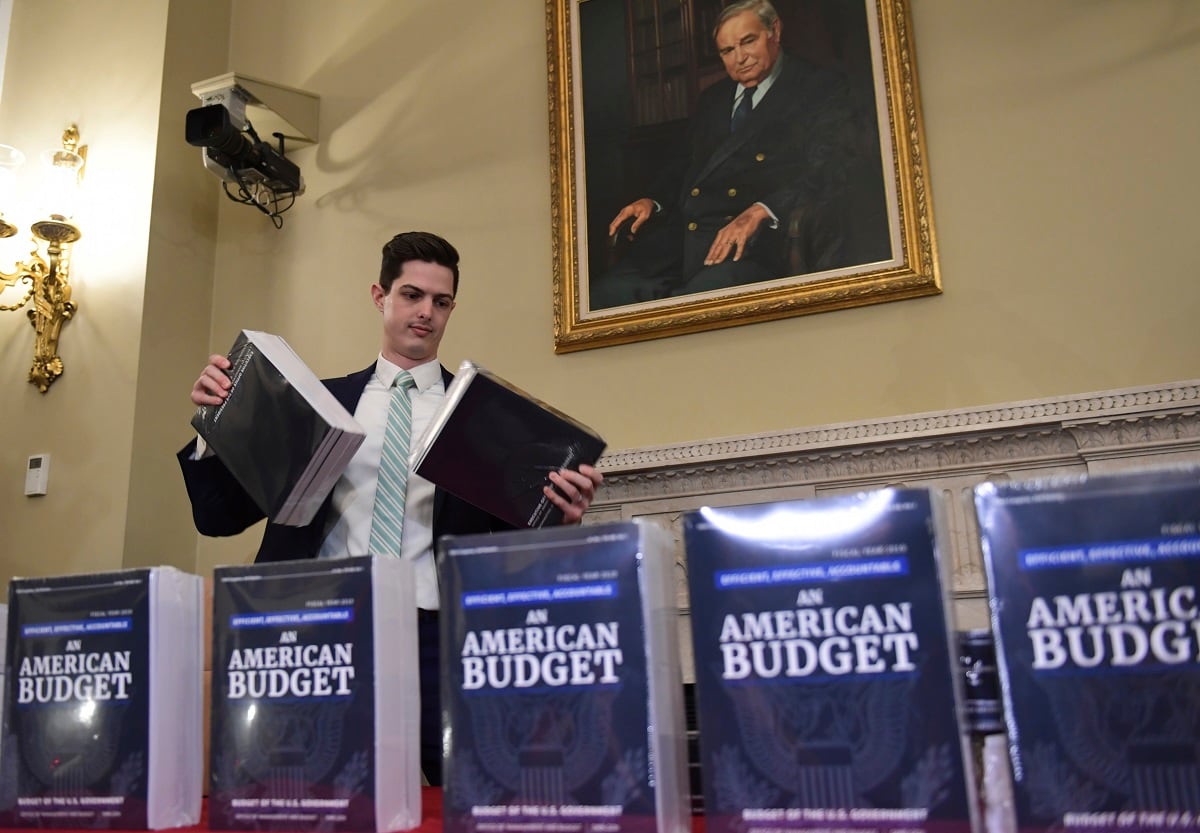[Editor’s note: Pentagon officials were forced to correct end strength totals in the spending plan after White House officials published the wrong figures in their budget books. The story has been updated to reflect the Pentagon’s numbers.]
WASHINGTON — President Donald Trump’s fiscal 2019 budget would give service members a 2.6 percent pay raise and add 24,100 more troops to the services’ end strength, according to documents from the Pentagon.
The $686 billion defense spending plan does not match exactly with the budget deal agreed upon by Congress last week, but gives an outline of the administration’s military priorities looking ahead to next year. Lawmakers still have to finalize their fiscal 2018 spending plans before debating how the fiscal 2019 money should be allotted.
The 2.6 percent pay raise proposal would be the highest troops have seen since 2010.
“The department expects moderate and manageable increases in pay will continue in the near term and will match the growth in private sector wages,” DoD said in the budget book accompanying the fiscal year 2019 request.
That’s significant because Pentagon planners for the last several years have suggested trims to that pay raise formula, to create savings for other modernization and readiness priorities. Outside advocates have argued that practice hurts troops’ morale and discourages potential recruits.
Each service is poised to modestly grow end strength, with the Navy and Army adding the greatest number of additional forces.
The Air Force would gain 4,000 active duty forces to grow to 329,100 airmen, or a gain of about 1 percent.
The Navy would gain almost 7,500 active duty forces to grow to 335,400 sailors, or a gain of about 2 percent.
The Marine Corps would gain 1,100 active duty forces to grow to 186,100, or about 1 percent.
The Army would gain 11,500 active duty forces to grow to 487,500, or about 2 percent growth.
Reserve and National Guard forces would similarly grow by only a modest amount. Army, Navy and Air Force Reserves would add 800 forces total; and the Army and Air National Guard would add 500 troops apiece.
The end strength boost proposal follows lawmakers adding more than 20,000 new service members in last year’s defense authorization bill. Republicans on Capitol Hill lamented moves by the Defense Department during former President Barack Obama’s administration to trim the number of troops, in another cost-savings move.

President Donald Trump’s second budget plan also calls for the purchase of 10 new naval ships in fiscal 2019, and would enable the Air Force to grow from 55 combat squadrons to 58 over the next five years.
The budget plan also calls for more than $1 trillion in defense spending over the Obama administration’s 10-year plan, arguing that “failure to provide adequate funding to meet these defense objectives would embolden America’s enemies.”
Leo covers Congress, Veterans Affairs and the White House for Military Times. He has covered Washington, D.C. since 2004, focusing on military personnel and veterans policies. His work has earned numerous honors, including a 2009 Polk award, a 2010 National Headliner Award, the IAVA Leadership in Journalism award and the VFW News Media award.
Tara Copp is a Pentagon correspondent for the Associated Press. She was previously Pentagon bureau chief for Sightline Media Group.





